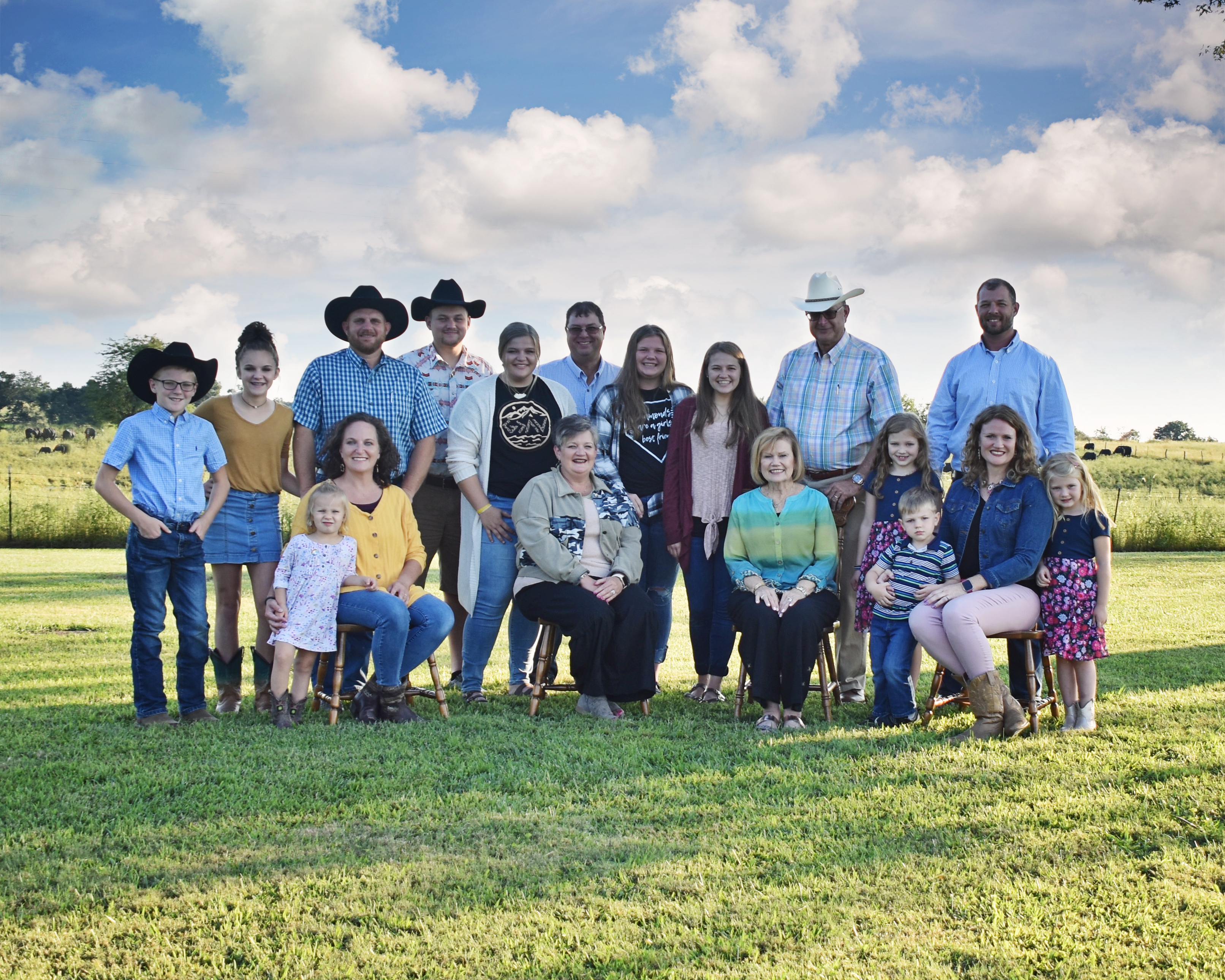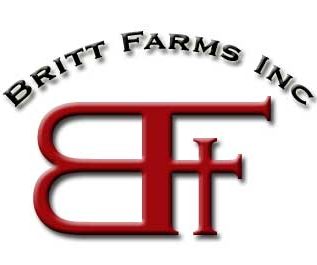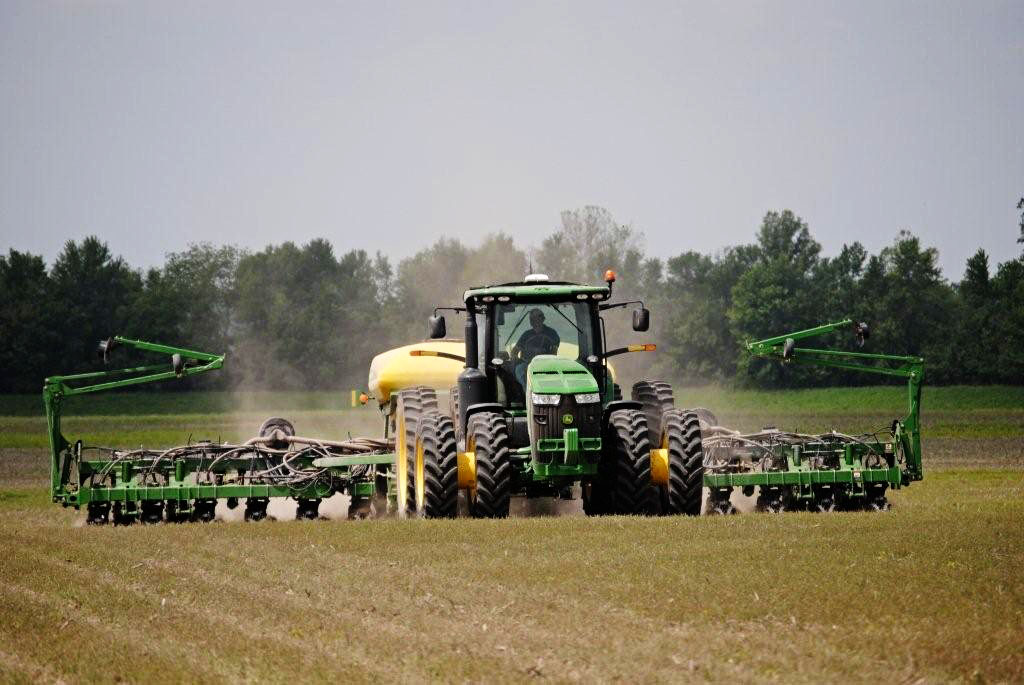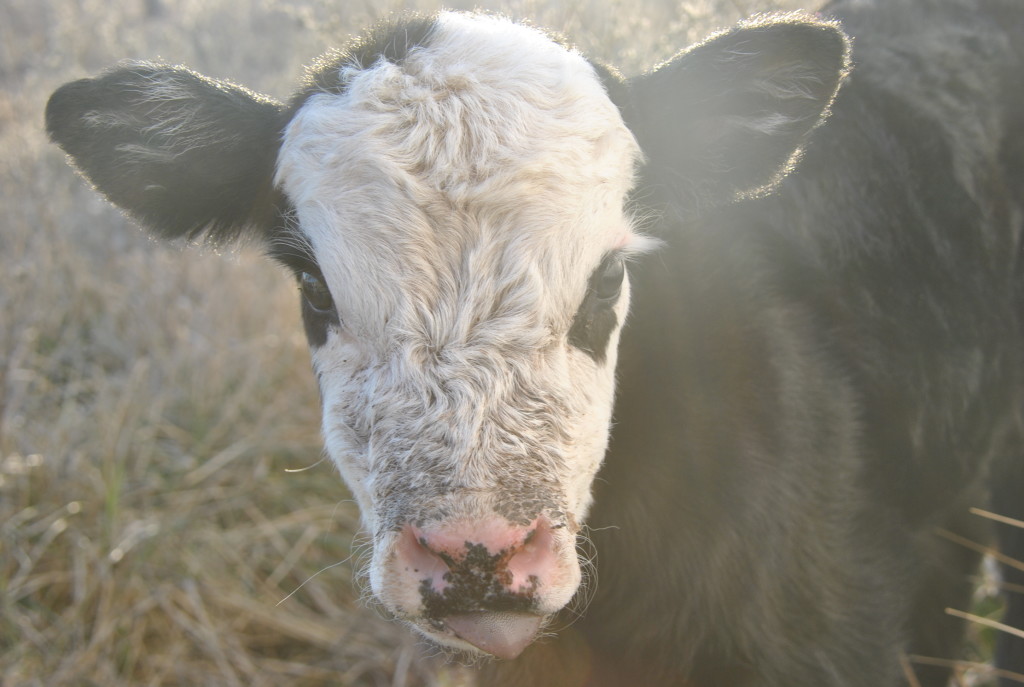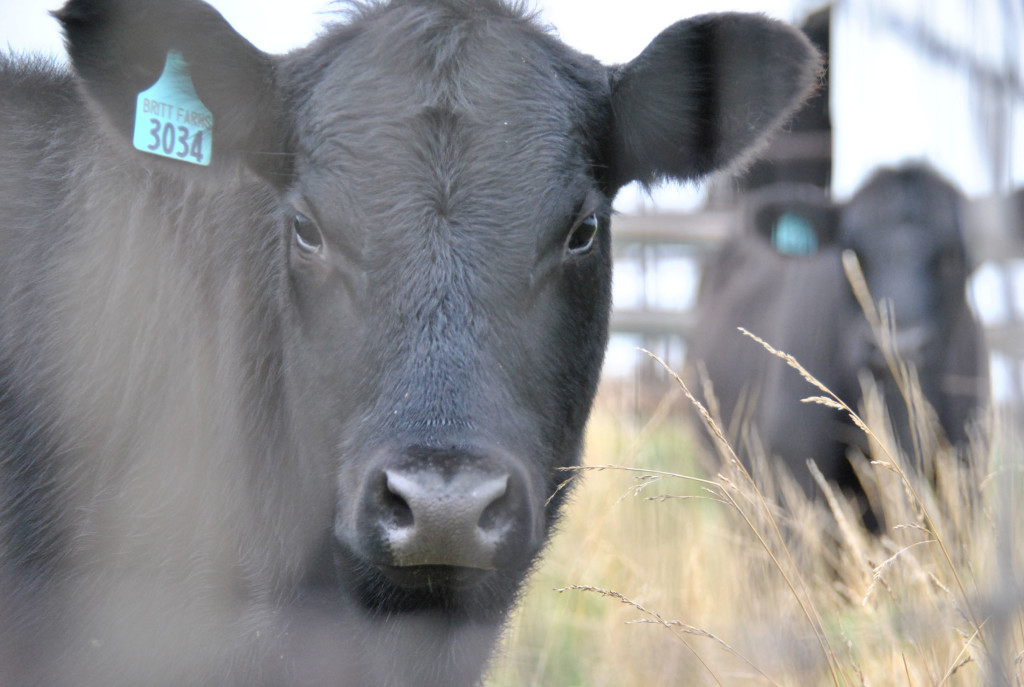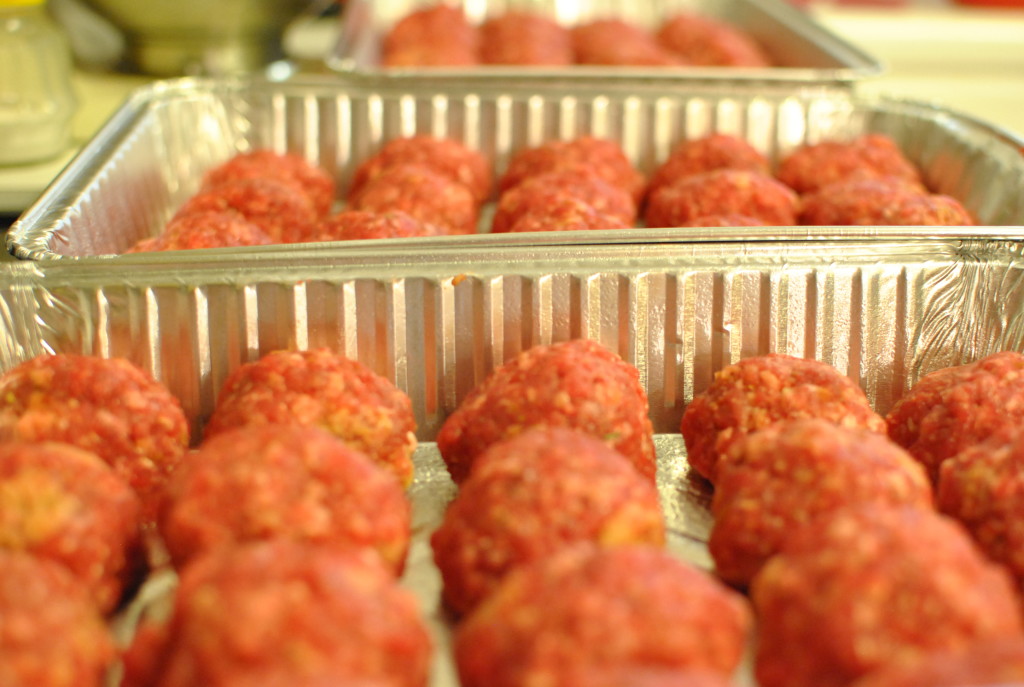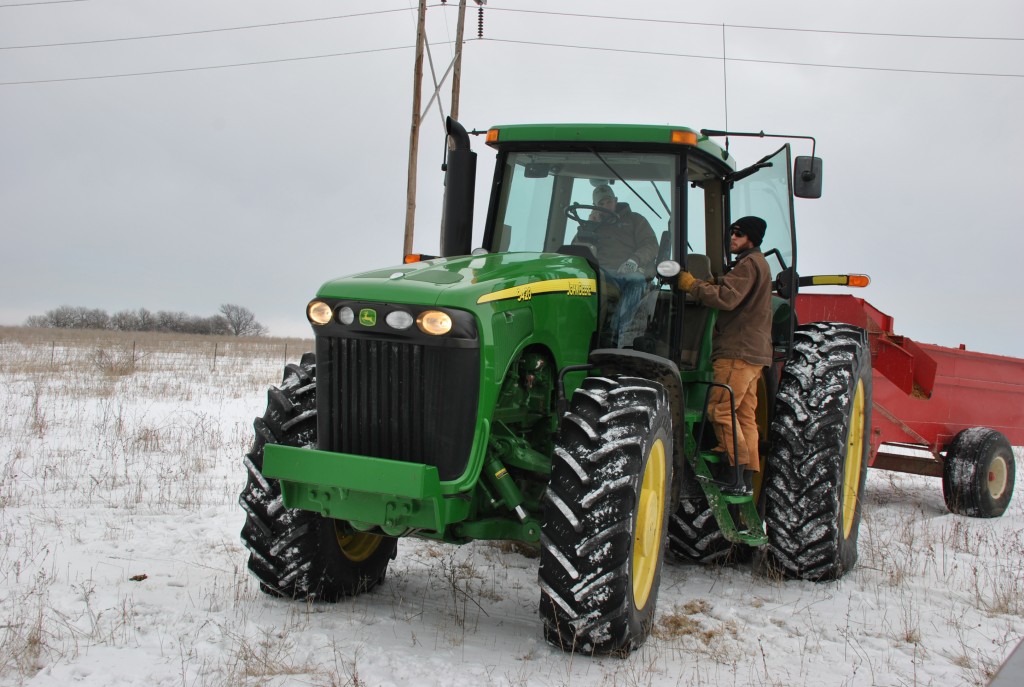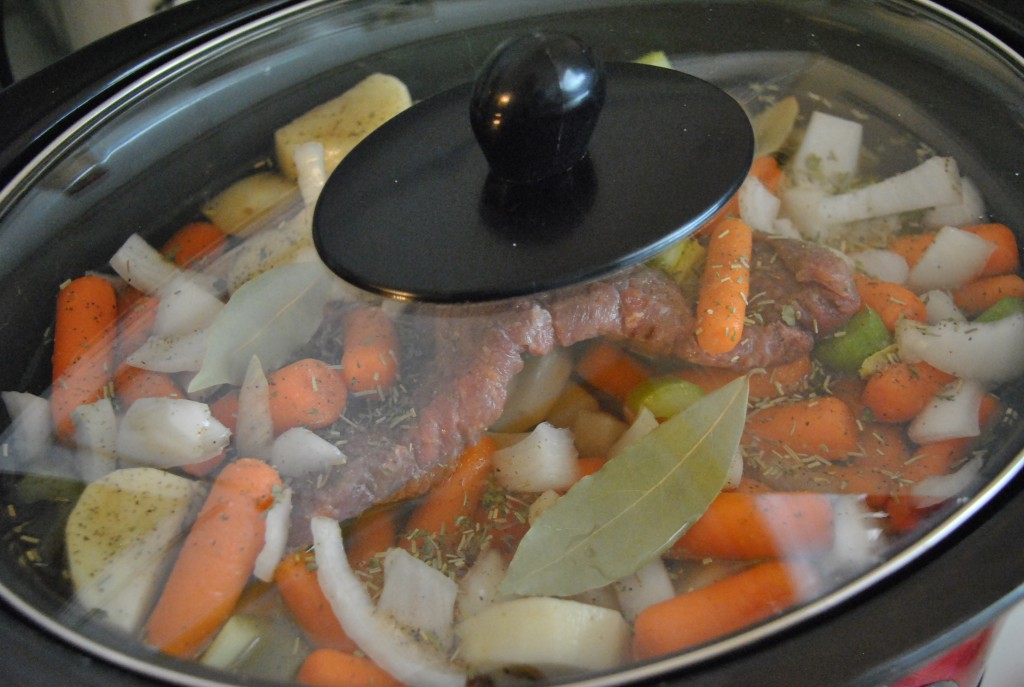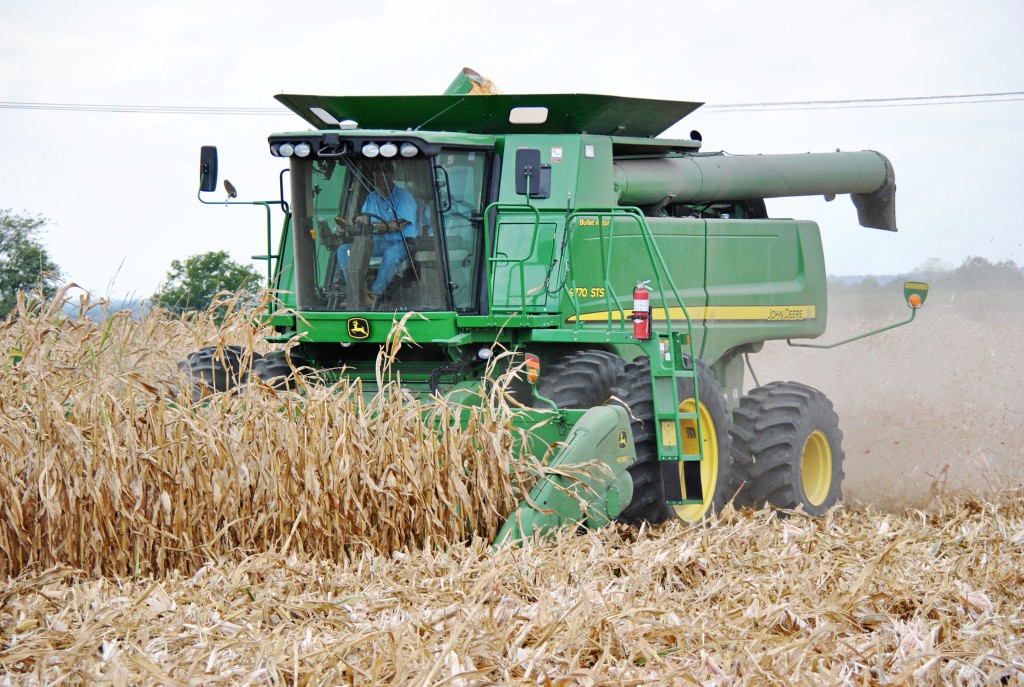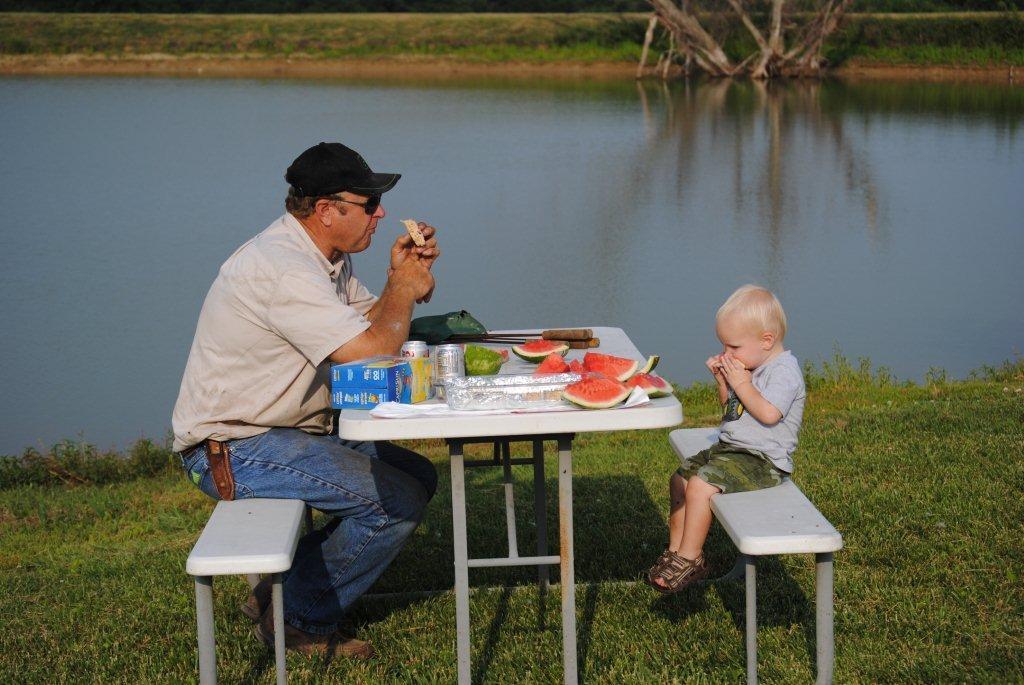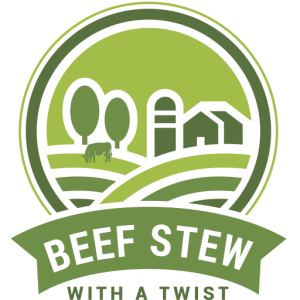Your source for Healthy and Affordable Beef
Signs of Spring
I like springtime in March…
When I was in high school we gathered lilacs in late April or early May for our Senior Band Banquet…we thought it was pretty cool to be out of class on a beautiful spring day to cut flowers from lilac bushes all over town.
Bouquets of lilacs in March?! I have never picked lilacs in March. My mother and mother-in-law said they haven’t either and my 89-year-old neighbor, Berniece, said. “it’s the end of the earth”. Consider yourself warned…
My neighbor, Sandy, brought us mushrooms today…(March 29). We have the best neighbors ever! Now you know what I’m preparing for supper…
I don’t remember mushroom hunting in March, though…
Signs of Spring…
My plans were to grill a couple of steaks last night and take a picture for you…To my delight, I could smell the tantalizing aroma of BBQ when I pulled into the drive-way. I’m telling you, it just made my mouth water…My wonderful husband had set the table on our deck (complete with placemats, napkins, etc.), grilled the steaks, baked the potatoes, cooked green beans and had a pitcher of iced tea waiting for me. I forgot all about taking a picture (and it would have been so pretty!). Yummmm, it was perfectly delicious!
Don’t forget to complete the “two-step” from our latest contest! You could win $20 worth of your favorite seasonings! I am looking forward to hearing what you like on YOUR steak!
Win $20 Worth of Savory Seasonings for Grill Season! 2 Steppin’ Fun!
In 2 easy steps (2 steppin’ fun!) you can be entered to win your favorite seasonings valued at $20!
What do you prefer? McCormick Montreal? Paul Deen’s Butt Massage for your roasts?Weber Chicago Steak Seasoning or Blazin’ Blends KC?
There are hundreds to choose from but we bet you already have a favorite or at least something you have heard that you have been wanting to try. Well, we want to stock your grill basket full so you are ready for your spring dinners and BBQ parties!
Here’s how you “2 Step”:
1. Comment on this post and tell us what your favorite seasoning is for meat or what you are wanting to try as far as seasonings go!
2. Share our Facebook page with your friends! Just copy and paste this link (www.facebook.com/beefstewwithatwist) on your wall and ask your friends to “like” our page to support agriculture and to learn new recipes!
We are so thankful for our faithful followers and for your support of agriculture! You encourage us daily with your comments and “likes” on our posts. THANK YOU!!!
Fire up the grill!
Love,
Britt Farms
St. Patrick’s Day Bull Sale…Meet Paddy and His Buddies!
At “Top o’ the mornin’” St. Patrick’s Day, Randy and I headed to the Circle A Spring Bull Sale at the Iberia, Missouri ranch. Randy and Ryan have purchased bulls and/or heifers from Circle A the past several years. This was my second visit to the Iberia Ranch and, as before, I was impressed with the clean facilities and pens, the white fences, tasty lunch and general set-up of the sale.
The sunny morning turned to a spring thunderstorm just as the sale began but that did not deter the cowboys. In fact, they gently worked the 250 Angus bulls and nearly 500 heifers through the sale ring and carefully sorted and loaded the livestock for the buyers without hotshots or loud, startling yelling.
Randy had done his homework and studied the sale catalog and highlighted the bulls that would fit into our program. That made our selection easier as we watched the bulls strut into the ring. Of course, price was a factor too and Saturday’s sale reflected current cattle prices.
Like everything else, science and technology have changed the way livestock is presented at a sale. Dad Britt used to sit on the front row at the sale barn and he judged a bull by his size, weight, demeanor, etc. Not so anymore. The Circle A Genetic Evaluation System utilizes the production, reproduction and carcass data gathered across all the Circle A Ranches. Over the years they have collected more than 124,000 weaning weights and 22,000 carcass records on their animals. This database has allowed them to compute EPDs (Expected Progeny Difference) on all animals for 15 production, carcass and reproduction traits. In case you are a novice like me, EPD is the prediction of how future progeny of each animal are expected to perform relative to the progeny of other animals listed in the database.
For example, the Birth Weight EPD gave us the average expected birth weight difference (in pounds) of their offspring of the same sex produced in similar conditions and bred to comparable cow genotypes. The Weaning Weight EPD is the average expected adjusted weaning weight difference (in pounds) of their offspring of the same sex when produced in similar conditions and bred to comparable cow genotypes.
Circle A has worked hard to produce genetics that “give more output on less input”. Bottom line is that besides profitability for the producer, modern genetics plays a role in the efficiency of beef production and enable us to produce more pounds of beef using fewer resources such as land, feed and water.
Six handsome bulls rode home with us (four for our farm and two for our cousin). My favorite is #18…He is just stylish! To my delight, when I looked at his pedigree, his granddaddy’s name is Connealy Danny Boy! Appropriate for a St. Patrick’s Day purchase wouldn’t you agree? I’m just going to call him “Paddy”.
Cowboys Sorting the Bulls
Here they come! The rain made it muddy, but they were soon on green grass again!
“Paddy”
Scales… (bulls don’t mind being weighed! Paddy weighs 1685 pounds and he is only 18 months old!
New earrings so we can keep good records and everyone knows who owns them…
“Like our new earrings??”
And a back rub from Nate…
Off to green pastures!
Wednesdays at Nana and Papa’s House
Nearly every Wednesday our three youngest grandchildren come to play while the older ones are in school. It’s our special time together. We play, they help me with chores, we make something yummy and play some more! Pure blessings to this Nana’s heart.
Yesterday we went for our weekly ranger ride (Luke’s turn to drive)…
Checked the cattle for Papa…
Made Aunt Kara’s Fruit Salsa to celebrate Spring! (recipe at the end)
Inspected the fruit salsa….
It’ll do…
Had Playdough Time…
Counting Time…
Watered flowers for Nana…
Lunch Time…On the menu yesterday was Nana’s Taco Salad (Grace’s favorite and recipe is at the end), Aunt Kara’s Fruit Salsa and Cookies!
Checked cattle again after lunch…
Played some more outside… (don’t you just LOVE this weather?!)
Fed grain to the chickens…
Nana’s way to compost (Lydea said, “That’s the grosses food ever!” )
Gathered eggs…
Fed grain to Bambi the horse…
Dolly the donkey patiently waited her turn…
All too soon it was time to go…
All in a hard days work…
Here are some recipes from our day so you can join in on some of the fun!
Nana’s Taco Salad
Layer in a Large Bowl:
-
Refried Beans or Kidney Beans
-
Lettuce (torn into bite-size pieces)
-
Chopped tomato
-
Diced Cucumber
-
Hamburger (browned and seasoned with Taco seasoning)
-
Chopped black olives
-
Shredded cheddar cheese
-
Crushed Tortilla Chips
-
Top with Catalina French Dressing and a dollop of Sour Cream
Enjoy!
(Grace makes hers with only the lettuce, tomato, hamburger, cheese and sour cream. Lydea’s is just cheese and hamburger and Luke leaves off the lettuce and tomato. Have it your way!)
Aunt Kara’s Fruit Salsa (Original recipe found on Pinterest, altered by Aunt Kara)
-
1 bag of Cinnamon Pita Chip (Kroger sells them or you can make your own!)
-
3 sliced Kiwi
-
1 carton of sliced strawberries
-
3 sliced Granny Smith apples
-
1/4 cup Sprite or 7 up
-
2 T lemon juice
1. Dice fruit into small chunks (or Aunt Kara uses her Food Processesor!)
2. Stir in Sprite (or 7 up) and lemon juice
3. Dip chips in salsa and enjoy!
Q and A Regarding Lean Finely Textured Beef A.K.A. “Pink Slime”
Lean finely textured beef (LFTB) is a category of beef products that uses high‐
technology food processing equipment to separate lean meat from fat because doing it by hand
would be impossible. LFTB products prevent the waste of valuable, lean, nutritious, safe, beef
by using technology to do what hands cannot.
Unfortunately, recent media reports and so‐called “reality” shows have raised concerns
about the product without the benefit of facts from those that produce or use it. These
questions and answers aim to provide the facts.
Are these products regulated and inspected?
Yes. Lean finely textured beef is beef, quite simply, and all beef products are strictly
regulated and inspected by the U.S. Department of Agriculture (USDA). Inspectors are present
in plants where these products are made every day to ensure that this product is produced in a
safe and wholesome manner. During the two decades these products have been produced,
they have had an excellent food safety record.
What are the different types of lean finely textured beef?
There are two common types. One is called boneless lean beef trimmings and the other
is called finely textured beef. The products are similar in many ways, but they use different
antimicrobial treatments to enhance the safety of the finished product.
What are boneless lean beef trimmings (BLBT) finely textured?
When beef carcasses are processed into meat cuts consumers and restaurants use,
trimmings result. Trimmings are smaller pieces of fat that contain small portions of beef that
are wholesome and nutritious. To make BLBT, the trimmings are warmed to about 100F
degrees in equipment that looks like a large, high speed mixing bowl that spins these trimmings
to separate meat from the fat that has been liquefied. The resulting product is very low fat
(95+% lean), which many consumers desire. This process is very similar to the one used to
separate cream from milk.
Is it true that these trimmings previously were only used for pet food and oil and were unfit
for human consumption, as one media outlet claimed?
That statement is patently false. Beef trimmings are edible. No process can make an
inedible product edible. What the process does is separate the lean meat from the fat, which
was previously near impossible to accomplish through knife trimming by hand.
Is ammonia used to produce BLBT?
Food grade ammonium hydroxide (basically ammonia + water), which has been
declared safe by the Food and Drug Administration since 1974, is used to produce a number of
products such as puddings and baked goods and can be used in the processing of boneless lean
beef trimmings to control any harmful bacteria that may be present in the beef.
Why is ammonium hydroxide used in processing a beef product?
A puff of ammonium hydroxide gas slightly raises the pH of a product and can
destroy bacteria that could make someone ill if a raw product is not cooked thoroughly.
The USDA, after consultation with FDA, has determined that this use of ammonium
hydroxide is safe and it has been in use for this purpose since 2001.
Is ammonium hydroxide used in all lean, finely textured beef products?
No. Another variation known as finely textured beef is made in a similar way, but uses
citric acid, like the acid in a citrus fruit, to destroy bacteria. That particular type is referred to as
finely textured beef or FTB.
When any form of lean finely textured beef is blended into ground beef, will it be labeled?
Because it is 100% beef, LFTB is not singled out as a separate ingredient on ground beef
packages.
What do the experts say about its safety?
Experts such as Dr. Gary Acuff at Texas A&M University and Dr. John Floros at
Pennsylvania State University have examined these products and say that all forms of lean finely
textured beef are safe when produced in compliance with USDA regulations.
What do the food safety data show?
USDA data show that the incidence of E. coli in fresh ground beef has been declining
significantly over the past decade. The number of USDA ground beef samples testing positive
for E. coli O157:H7 dropped 55 percent between 2000 and 2010. Lean finely textured beef
products have been a part of that success story.
Is it really necessary to try to get every small bit of beef from a carcass?
Necessary? Perhaps not. But it absolutely is the right thing to do.
All types of lean finely textured beef are sustainable products because they recover lean
meat that would otherwise be wasted. The beef industry is proud to produce beef products
that maximize as much lean meat as possible from the cattle we raise. It’s the right thing to do
and it ensures that our products remain as affordable as we can make them while helping to
feed America and the world. If this beef is not used in fresh ground beef products,
approximately 1.5 million additional head of cattle would need to be harvested annually to
make up the difference, which is not a good use of natural resources, or modern technology, in
a world where red meat consumption is rising and available supply is declining.
Q&A Provided by: The American Meat Institute
For more information, visit www.MeatMythCrushers.com









































